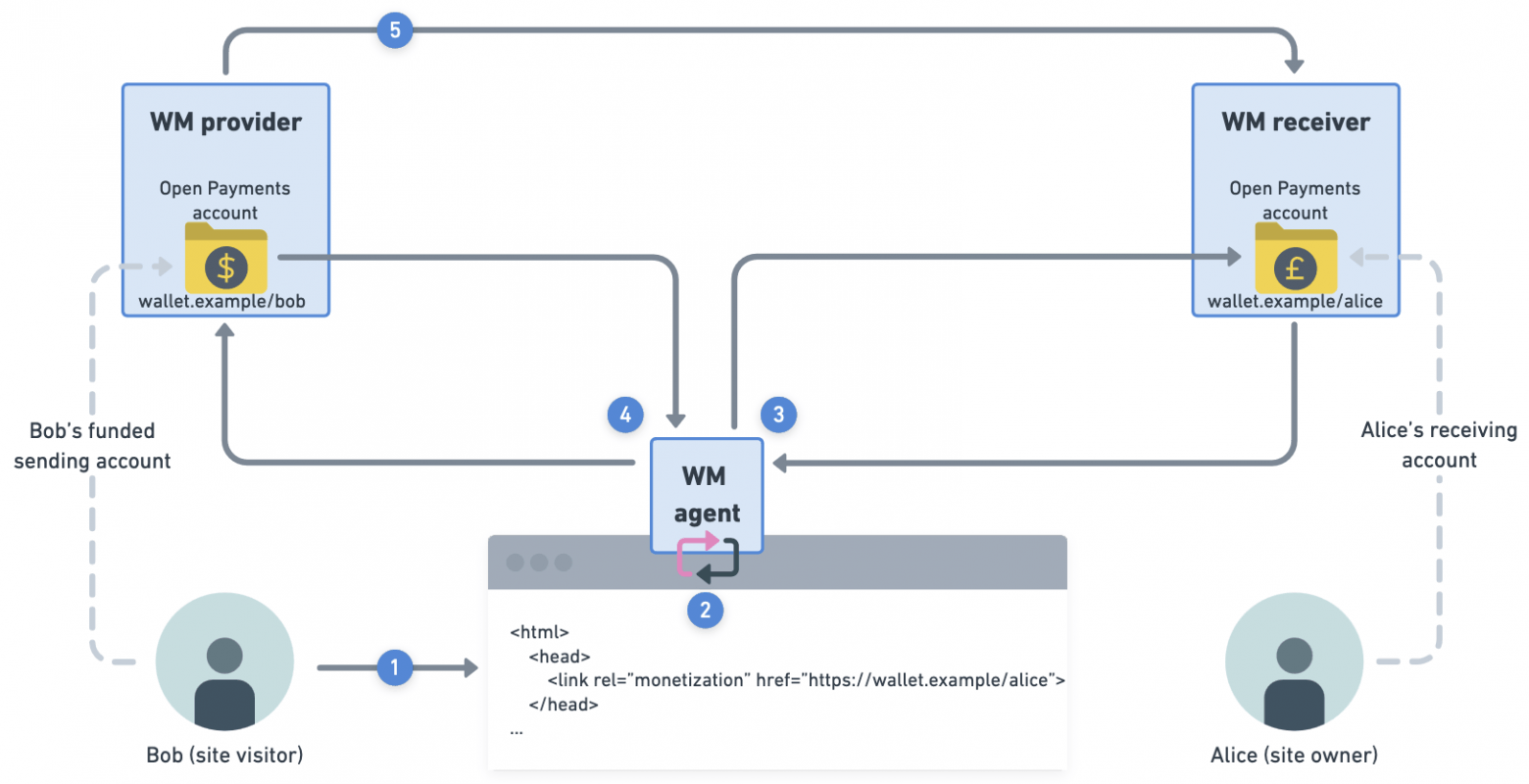Google Chrome developers are reportedly working on automatic micropayments for site monetization (Web Monetization), which will allow you to automatically pay to site owners for viewing their content. The transactions are assumed to be quiet and done without a confirmation from the user. Google considers this as a good alternative to ads on websites.

The company's point of view is that the site owner who has implemented Web Monetization can go with it instead of displaying advertising, online tipping, or providing selective paid access to content without a subscription.
Advertisеment
The browser developers plan to add the first prototype of the Web Monetization implementation to the Chrome 127 release. It is expected to become available by the end of July 2024.
What is Web Monetization API?
Using the Web Monetization API, web pages can inform the browser that this very website can accept payments in a passive mode. It doesn't mean that it does a payment request. It only allows receiving transactions.
For the user, the proposed technology is convenient in that it does not distract while working, allows you to pay only for the content viewed and is not restricted to some minimum payment amount like classic subscriptions. Instead, you can pay access in microscopic amounts that is not supported by conventional processing systems.
For example, sites using Web Monetization can provide access to all paid content immediately after the user agrees to the terms, without requiring upfront payment. After the user watches, for example, a paid video, the browser will automatically launch a payment microtransaction without distracting the user.
Another example of using Web Monetization is organizing voluntary donations for useful content. In this case, if you want to support some sites, the user can set up automatic transfer of small payments to the resource owner each time he visits the site.
In the simplest case, to enable Web Monetization on a site, the webmaster just needs to add a <link rel="monetization" ... /> element to the <head> section of the web site. It should contain a link to a wallet that will receive money transfers. The user just needs to set up his wallet for this site, after which the browser will automatically begin making transfers assigned by the user.
Web Monetization technology does not allow the website to assign a payment amount. It only provides the opportunity to declare its readiness to accept payments. The size of the payment, the frequency of payments and the very fact that it is possible to pay to a specific site is chosen by the user.
As part of the implementation of Web Monetization, you can use any wallets that are compatible with the Open Payments API (supported by wallets of various financial services, such as Gatehub and Fynbos). Micropayments use the Interledger Protocol (ILP). Access to the wallet is provided using the GNAP (Grant Negotiation and Authorization Protocol) protocol, which allows the wallet owner to fine-tune the permissions granted to applications working with the wallet.
Support us
Winaero greatly relies on your support. You can help the site keep bringing you interesting and useful content and software by using these options:
